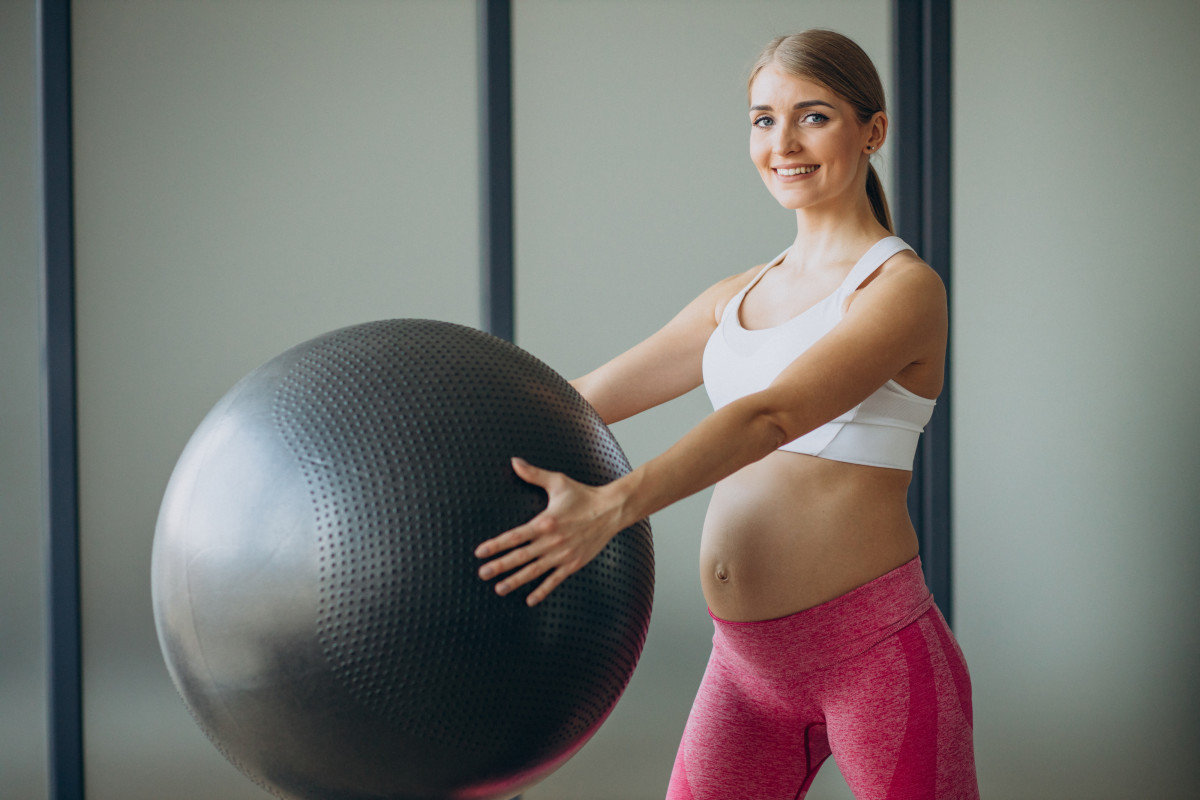Pregnancy is a unique and transformative experience in a woman’s life. While it comes with a myriad of changes, both physical and emotional, one aspect that remains vital is maintaining physical health and well-being. Pilates, a gentle and low-impact exercise method, has gained popularity as a safe and effective way for pregnant women to stay fit, alleviate discomfort, and prepare for childbirth. In this comprehensive guide, we’ll explore how Pilates can be a valuable tool for expectant mothers, providing physical and emotional support throughout their pregnancy journey.
Why Choose Pilates During Pregnancy?
Pregnancy brings many changes to a woman’s body, including weight gain, postural adjustments, and the release of hormones that affect ligaments and joints. These changes can often lead to discomfort, pain, and reduced physical fitness. Pilates offers several benefits that make it an excellent choice for pregnant women.
1. Low Impact and Gentle
Pilates is a low-impact exercise method, which means it is easy on the joints and ligaments. It doesn’t place undue stress on the body, making it a comfortable choice for expectant mothers.
2. Core Strength and Stability
Pilates focuses on strengthening the core muscles, which is essential for maintaining good posture and preventing back pain—a common discomfort during pregnancy.
3. Enhanced Flexibility and Mobility
Pilates exercises promote flexibility and mobility, which can counteract the stiffness that often comes with pregnancy.
4. Stress Reduction and Relaxation
The controlled breathing and mindfulness practiced in Pilates help reduce stress and promote relaxation, which can be particularly helpful during the emotional ups and downs of pregnancy.
5. Preparation for Childbirth
Pilates exercises often emphasize the pelvic floor and can assist in preparing for childbirth by promoting strength and flexibility in the pelvic region.
6. Postpartum Recovery
Pilates can help women recover more quickly after childbirth by maintaining muscle tone and flexibility.
Safety Considerations for Pilates During Pregnancy
Before starting a Pilates practice during pregnancy, it’s essential to keep safety in mind. Here are some key considerations:
1. Consult with Your Healthcare Provider
Always consult with your healthcare provider before beginning any exercise program during pregnancy. They can provide guidance based on your individual health and pregnancy.
2. Choose a Qualified Instructor
Work with a certified Pilates instructor who has experience in prenatal Pilates. They can tailor exercises to your specific needs and ensure that they are safe for you and your baby.
3. Avoid Lying on Your Back After the First Trimester
After the first trimester, avoid exercises that require lying on your back for extended periods, as it can put pressure on a major vein that returns blood to the heart.
4. Listen to Your Body
Pay attention to how you feel during your Pilates practice. If you experience any discomfort or pain, stop the exercise immediately and consult with your instructor.
5. Focus on Breath Control
Breathing is fundamental in Pilates. Pay close attention to your breath and ensure it remains controlled and relaxed during exercises.
6. Stay Hydrated and Avoid Overheating
Drink plenty of water and avoid overheating during your workouts. Overheating can be harmful to you and your baby.
Sample Pilates Exercises for Pregnant Women
Here are some Pilates exercises suitable for pregnant women. Remember to consult with your healthcare provider and a certified instructor before attempting these exercises:
1. Pelvic Tilt
- Begin on your hands and knees.
- Inhale and arch your back, lifting your head and tailbone.
- Exhale and round your back, tucking your chin to your chest.
2. Seated Arm Raises
- Sit with your legs crossed or on a chair.
- Inhale and raise your arms forward and upward.
- Exhale as you lower your arms back down.
3. Squats
- Stand with your feet hip-width apart.
- Inhale and bend your knees, lowering your body into a squat.
- Exhale as you return to a standing position.
4. Standing Leg Lifts
- Stand with one hand on a stable surface for balance.
- Inhale and lift one leg to the side, keeping it straight.
- Exhale as you lower the leg back down.
Conclusion
A Healthy Pregnancy with Pilates
Pilates offers a safe and effective way for pregnant women to maintain their physical fitness and emotional well-being throughout their pregnancy. By working with a certified instructor, focusing on safety, and listening to your body, you can enjoy the numerous benefits that Pilates offers during this transformative time.
Remember that every pregnancy is unique, and what works for one woman may not work for another. It’s crucial to consult with your healthcare provider to ensure that Pilates is a suitable choice for your specific circumstances. With the right approach, Pilates can be a valuable tool for staying fit, healthy, and emotionally balanced during pregnancy and preparing for the incredible journey of motherhood.
Discover more from Pilates All Ages
Subscribe to get the latest posts sent to your email.
